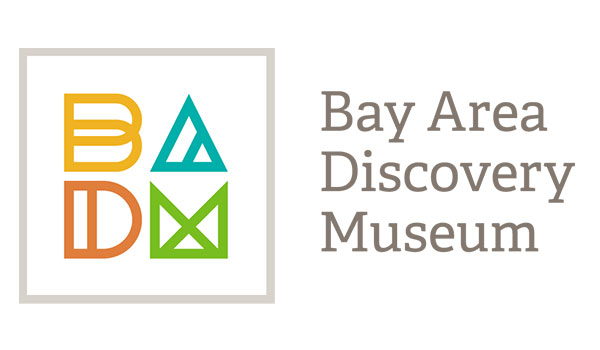Imagine 31 different newspaper headlines to go with one newspaper photo! This activity helps children develop flexible thinking by looking deeply at a photo and going beyond the obvious explanations for what is happening in the picture.
Materials Required
- Newspaper headline photo(s)
- Blank paper to write out headlines
Instructions
This activity can be completed all in one sitting or children can write one headline each day for a month.
- Look at the newspaper headline photo. Imagine the first and most obvious news story for that particular image.
- Write down a catchy newspaper headline that could go with the photo.
- Try to look at the photo in many different ways. Write 30 more catchy newspaper headlines for the photo—write a unique headline for each one.
Additional Tips
This activity works best if the newspaper headline photo is open to a lot of different interpretations. Try to find a photo that allows for flexibility.
Try this activity variation: Play “A Week of Headlines.” Imagine seven different headlines instead of 31. This version works well as a warm-up or if time is limited. It’s also a good option for younger players.

